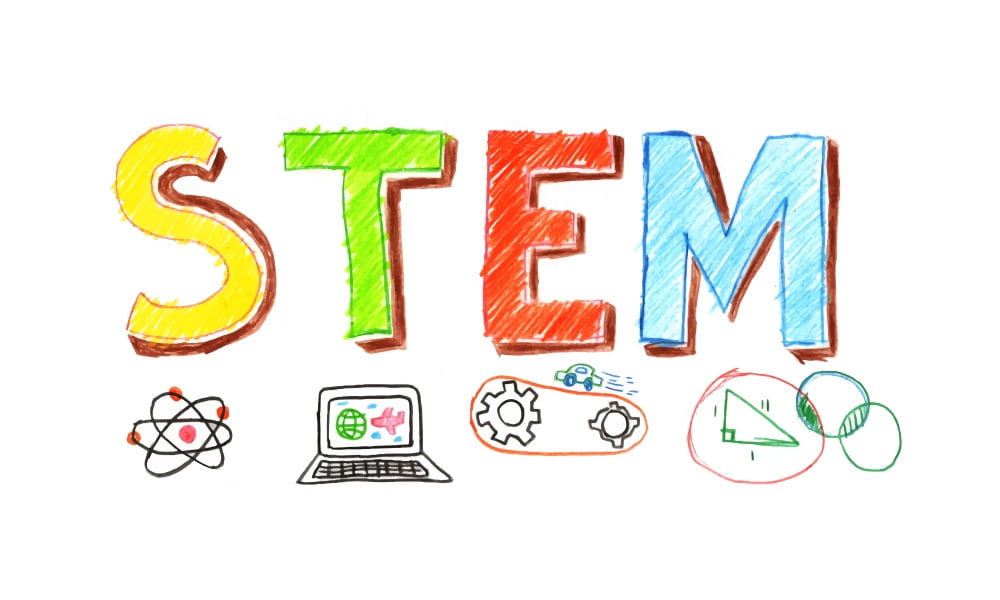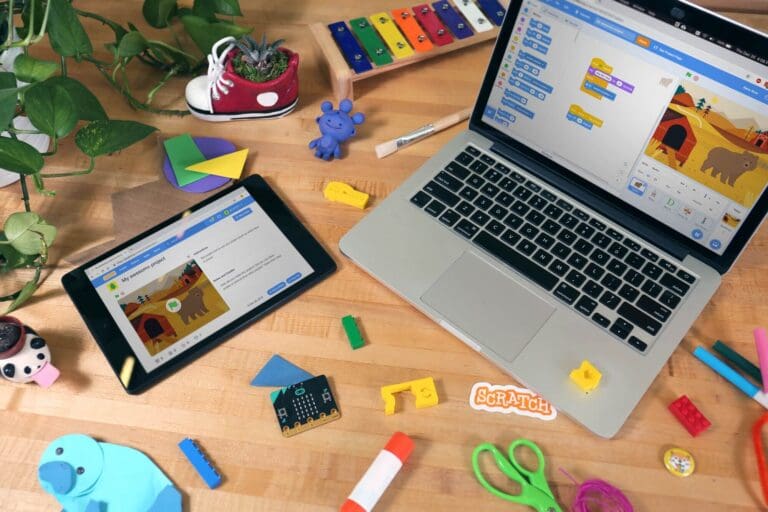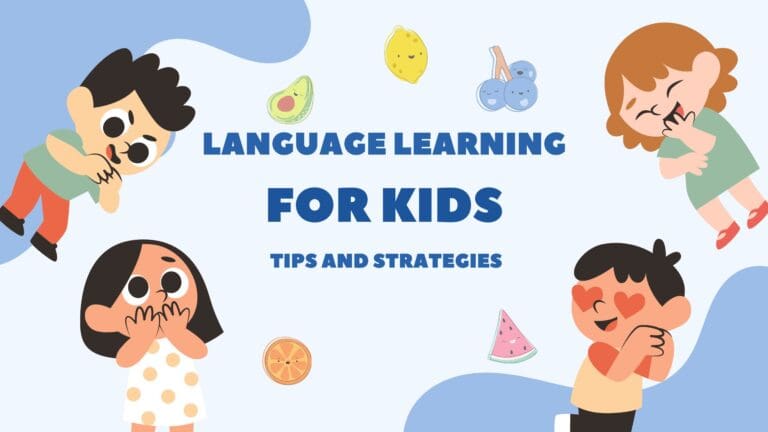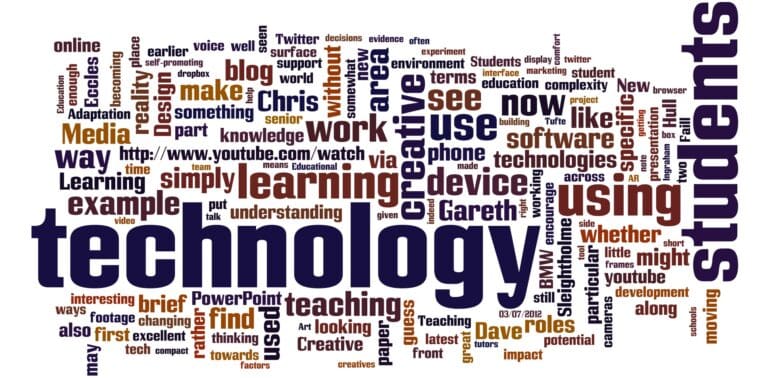STEM: The Keystone of Modern Education & Future Innovation
STEM Learning has become an increasingly important topic in recent years, as science, technology, engineering, and mathematics continue to play a critical role in our society. STEM education focuses on providing students with the skills and knowledge they need to succeed in these fields, and it has become a key priority for educators and policymakers alike.
STEM stands for Science, Technology, Engineering, and Mathematics. It’s an educational approach that integrates these four disciplines into a unified learning model based on real-world applications. Rather than teaching each subject separately, STEM education aims to provide students with hands-on, practical experiences. This approach helps students develop a wide range of skills, including problem-solving, critical thinking, creativity, and data analysis. STEM education is crucial for preparing students for careers in an increasingly tech-driven world.
By learning about STEM subjects, you can better understand the world around you and develop the skills needed to succeed in a rapidly changing job market. STEM fields are growing at a rapid pace, and there is a high demand for professionals with the knowledge and expertise to tackle complex problems in these areas. Whether you are interested in pursuing a career in science, engineering, technology, or mathematics, STEM learning can provide you with the foundation you need to achieve your goals.
STEM learning is important for individuals and society as a whole. As we face some of the biggest challenges of our time, from climate change to global health crises, we need a workforce that is equipped with the skills and knowledge needed to find innovative solutions. STEM education can help create a more informed and engaged citizenry and provide the tools needed to address some of the most pressing issues facing our world today.
Why STEM Learning Matters
The Importance of STEM Education
STEM education is an essential component of preparing students for future success. With the rapid advancement of technology and the changing job market, providing students with the skills and knowledge they need to thrive in a competitive workforce is crucial. STEM education encompasses science, technology, engineering, and mathematics, and it offers students a hands-on learning experience that encourages critical thinking, problem-solving, and creativity.
STEM education is also important for promoting equitable access to resources and opportunities. Long-standing disparities and a growing teacher shortage have created opportunity gaps across the country. Every student deserves access to excellent and equitable STEM education, regardless of race, income, or background. We can help close the gap and create a more competitive and diverse workforce by providing students with the tools they need to succeed.
The Benefits of STEM Learning
STEM learning offers a wide range of benefits for students, educators, and the workforce. For students, STEM learning provides a pathway to college-level coursework and employment in high-demand fields like biotechnology, computer science, and public health. It also offers an opportunity to explore their passions and interests through hands-on learning in areas like coding, visual arts, and design.
For educators, STEM learning allows students to engage in meaningful and relevant learning experiences that promote critical thinking, problem-solving, and creativity. It also offers an opportunity to stay up-to-date with the latest technologies and teaching methods, which can enhance their professional development and improve their overall teaching effectiveness.
STEM learning offers a competitive advantage for the workforce by providing a pipeline of highly skilled and knowledgeable workers who can meet the demands of a rapidly changing job market. It also promotes innovation and economic growth by encouraging the development of new technologies and solutions to complex problems.
In conclusion, STEM learning is critical for preparing students for future success, promoting equitable access to resources and opportunities, and supporting a competitive and diverse workforce. By spotlighting the importance of STEM education and providing students with the tools they need to succeed, we can help bridge the gap and create a brighter future for all.
Effective STEM Learning Strategies
As a STEM learner, you need effective strategies to succeed in your studies. STEM learning is all about developing problem-solving skills, critical thinking, and creativity. Here are some effective STEM learning strategies that can help you succeed.
Project-Based Learning
Project-based learning is an effective way to learn STEM subjects. In this approach, you work on a project that involves solving real-world problems. You will work in a team and apply your knowledge and skills to solve the problem. This approach helps you develop your problem-solving skills, critical thinking, and creativity. It also helps you learn how to work in a team and communicate effectively.
Hands-On Learning
Hands-on learning is another effective way to learn STEM subjects. In this approach, you learn by doing. You will work with materials, tools, and equipment to learn concepts and solve problems. This approach helps you develop your problem-solving skills, critical thinking, and creativity. It also helps you learn how to work with your hands and develop practical skills.
Inquiry-Based Learning
Inquiry-based learning is a student-centered approach to learning. In this approach, you ask questions, investigate, and explore to learn. You will work on projects that involve investigating and exploring a topic. This approach helps you develop your problem-solving skills, critical thinking, and creativity. It also helps you learn how to ask questions and investigate to learn.
Problem-Solving Skills
Problem-solving skills are essential for STEM learning. In STEM subjects, you will encounter complex problems requiring critical thinking and creativity. You need to develop your problem-solving skills to succeed in STEM learning. You can develop your problem-solving skills by working on projects, doing hands-on activities, and practicing critical thinking.
Teamwork and Communication
Teamwork and communication are essential for STEM learning. In STEM subjects, you will work in teams to solve problems. You need to learn how to work in a team and communicate effectively to succeed in STEM learning. You can develop your teamwork and communication skills by working on projects, doing hands-on activities, and practicing communication skills.
In conclusion, effective STEM learning strategies involve project-based learning, hands-on learning, inquiry-based learning, problem-solving skills, teamwork, and communication. By applying these strategies, you can develop your problem-solving skills, critical thinking, creativity, teamwork, and communication skills and succeed in STEM learning.
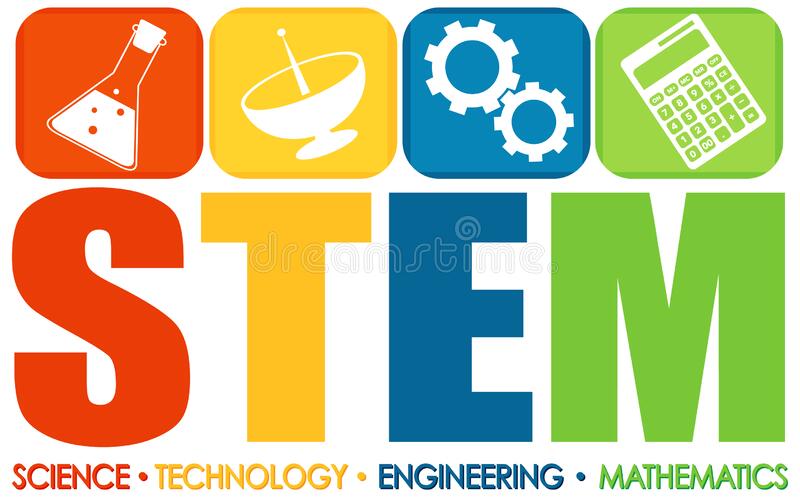
STEM Programs and Initiatives
If you’re interested in pursuing a career in STEM, a variety of programs and initiatives are available to help you get started. These programs and initiatives are designed to provide you with the skills and experience you need to succeed in the workforce and positively impact your community.
FIRST (For Inspiration and Recognition of Science and Technology): FIRST is a renowned organization that offers robotics competitions and programs for students of all ages. It aims to inspire young people to become science and technology leaders by engaging them in hands-on, mentor-based activities.
Girls Who Code: This initiative focuses on closing the gender gap in the tech industry. It provides girls with opportunities to learn coding, computer science, and other technical skills through after-school clubs, summer immersion programs, and coding camps.
STEM Centers and Institutes: Many universities and research institutions have established STEM centers and institutes to promote research, education, and outreach activities in STEM fields. These centers often offer programs such as summer camps, workshops, and mentorship opportunities.
- National Science Foundation (NSF) – The NSF supports various STEM programs and initiatives across the United States. It funds research, education, and outreach activities in STEM fields. Website: https://www.nsf.gov/
- Smithsonian Science Education Center – The Smithsonian Science Education Center provides resources, professional development, and STEM programs for educators and students. Website: https://ssec.si.edu/
- California Academy of Sciences – The California Academy of Sciences offers STEM education programs and resources for students and educators, focusing on natural sciences and sustainability. Website: https://www.calacademy.org/educators
- National STEM Learning Centre (UK) – The National STEM Learning Centre provides professional development and resources for STEM educators in the United Kingdom. Website: https://www.stem.org.uk/
- Center for STEM Education at the University of Texas at Austin – The Center for STEM Education at UT Austin aims to improve STEM education by offering professional development, research opportunities, and resources for educators. Website: https://stemcenter.utexas.edu/
- National Institutes of Health (NIH) – NIH offers STEM education resources, programs, and internships for students interested in biomedical research and health sciences. Website: https://www.nih.gov/
National Math and Science Initiative (NMSI): NMSI is a non-profit organization that strives to improve student performance in math and science. It offers professional development for teachers, resources for schools, and college readiness programs to enhance STEM education.
NASA STEM Engagement: NASA provides a range of STEM initiatives and educational resources to inspire students and educators. Their programs include student competitions, internships, classroom activities, and partnerships with schools and organizations.
Code.org: Code.org is a non-profit organization dedicated to expanding access to computer science education. It offers online coding courses, curriculum resources for schools, and professional development for educators.
STEM Competitions: Numerous STEM competitions are organized worldwide, challenging students to showcase their skills in areas such as robotics, coding, mathematics, and scientific research. Examples include the Intel International Science and Engineering Fair (ISEF) and the Google Science Fair.
- Intel International Science and Engineering Fair (ISEF) – ISEF is one of the largest international pre-college science competitions. It brings together top young scientists from around the world to showcase their research. Website: https://www.societyforscience.org/isef/
- Google Science Fair – The Google Science Fair invites students aged 13-18 to submit their innovative science projects. Finalists get the opportunity to present their projects to a panel of judges. Website: https://www.googlesciencefair.com/
- FIRST Robotics Competition (FRC) – FRC is a robotics competition where high school students design, build, and compete with robots of their own creation. Website: https://www.firstinspires.org/robotics/frc
- Math Olympiads for Elementary and Middle Schools (MOEMS) – MOEMS is a math competition designed for students in grades 4-8. It promotes problem-solving skills and mathematical excellence. Website: https://www.moems.org/
- Science Olympiad – Science Olympiad offers a wide range of STEM competitions for students at various grade levels. It covers topics like biology, chemistry, physics, engineering, and more. Website: https://www.soinc.org/
- Technovation Challenge – Technovation invites girls aged 10-18 to develop mobile apps and business plans to solve real-world problems. It aims to encourage young women to pursue careers in technology. Website: https://www.technovationchallenge.org/
- VEX Robotics Competition – The VEX Robotics Competition offers a series of robotics challenges for students at various age levels. It provides an opportunity to design, build, and program robots to compete in exciting competitions. Website: https://www.roboticseducation.org/vex-robotics-competition/
STEM Outreach Programs: Many companies and organizations collaborate with schools and communities to provide STEM outreach programs. These initiatives often involve guest speakers, workshops, field trips, and mentoring opportunities to inspire and engage students in STEM subjects.
- National Society of Black Engineers (NSBE): NSBE offers various outreach programs, including summer engineering camps, mentorship programs, and initiatives to promote STEM education and professional development among Black students. Website: https://www.nsbe.org/
- Society of Hispanic Professional Engineers (SHPE): SHPE provides STEM outreach programs, scholarships, and mentorship opportunities for Hispanic and Latinx students to support their pursuit of STEM careers. Website: https://www.shpe.org/
- The STEM Connection: The STEM Connection is an organization that offers hands-on STEM programs, workshops, and camps for students of all ages. Their programs focus on fostering creativity, problem-solving, and critical thinking skills. Website: https://thestemconnection.org/
- Citizen Schools: Citizen Schools partners with schools to provide after-school STEM programs, apprenticeships, and mentorship opportunities for middle school students. The programs aim to expose students to real-world STEM experiences and careers. Website: https://www.citizenschools.org/
- Project Lead The Way (PLTW): PLTW is a non-profit organization that offers a comprehensive STEM curriculum for K-12 students. Their programs provide hands-on learning experiences and help students develop skills in areas such as engineering, computer science, and biomedical science. Website: https://www.pltw.org/
These are just a few examples of the many STEM programs and initiatives that aim to cultivate interest, skills, and diversity in science, technology, engineering, and mathematics fields. They play a crucial role in preparing the next generation for the challenges and opportunities of the future.
STEM Certification
STEM certification is a great way to demonstrate your skills and knowledge in a particular area of STEM. Various organizations offer certification programs and can cover various topics, from computer programming to robotics. By earning a STEM certification, you can show potential employers you have the skills and knowledge necessary to succeed.
STEM certification validates an institution’s ability to provide high-quality STEM learning experiences for students.
While there is no universal STEM certification standard, several organizations and entities have developed their own certification programs. Here are a two examples:
- AdvancED STEM Certification: AdvancED, an accrediting agency, offers STEM certification for K-12 schools that demonstrate a strong commitment to STEM education. The certification process assesses the school’s curriculum, instruction, and community partnerships. Website: https://www.advanc-ed.org/services/stem-certification
- STEM.org Accredited Educational Program: STEM.org provides accreditation for educational programs that meet their criteria for delivering effective STEM education. Their evaluation process considers curriculum quality, instructional methods, and program outcomes. Website: https://www.stem.org/stem-education-awards/accreditation
It’s important to note that the availability and criteria for STEM certification may vary across regions and educational systems. Schools and institutions interested in pursuing STEM certification should research and identify relevant certification programs specific to their location or educational context.
STEM certification provides recognition and validation of an institution’s commitment to delivering quality STEM education. It can enhance the institution’s reputation, attract students and parents, and serve as a benchmark for continuous STEM teaching and learning improvement.
Internships and Workforce Development
Internships and workforce development programs are an excellent way to gain hands-on experience in STEM. Many companies and organizations offer internships to students and recent graduates, allowing them to work on real-world projects and gain valuable skills. Workforce development programs can also be a great way to gain the skills and knowledge you need to succeed in a particular field.
Community Engagement and Partnerships
Community engagement and partnerships are critical to the success of STEM programs and initiatives. By working with local stakeholders and the private sector, STEM programs can ensure that they are meeting the needs of their communities and providing students with the skills and knowledge they need to succeed. Community engagement can also help build support for STEM education and create a pipeline of talented individuals interested in pursuing careers in STEM.
In conclusion, STEM programs and initiatives are essential to preparing the next generation of STEM professionals. Whether you’re interested in earning a STEM certification, gaining hands-on experience through internships and workforce development programs, or working with your community to promote STEM education, there are many opportunities available to help you achieve your goals.
Spotlight on STEM Careers
If you’re interested in pursuing a career in STEM, there are many opportunities available to you. In this section, we’ll take a closer look at STEM careers, the employment trends, and the skills and education requirements you’ll need to succeed.
STEM Careers and Employment Trends
STEM careers are in high demand, and this trend is expected to continue well into the future. According to the National Science Foundation, employment in STEM occupations is projected to grow by 8.8% between 2018 and 2028, which is much faster than the average for all occupations. This growth is due to the increasing importance of technology and innovation in today’s economy.
Some of the most popular STEM careers include:
- Computer and Information Systems Manager
- Software Developer
- Mechanical Engineer
- Medical Scientist
- Data Scientist
Skills and Education Requirements for STEM Careers
To succeed in a STEM career, you’ll need a strong foundation in mathematics, science, technology, engineering, and design. Additionally, you’ll need to have excellent problem-solving skills, be able to work well in a team and be comfortable with technology.
The education requirements for STEM careers vary depending on the specific field. For example, many entry-level positions in computer science and information technology require a bachelor’s degree in computer science, information technology, or a related field. However, some positions may only require an associate degree or relevant work experience.
A bachelor’s degree in engineering is typically required, and many employers prefer candidates with a master’s degree. A doctoral degree is typically required for research positions in the medical field, while a bachelor’s or master’s degree may be sufficient for other positions.
In conclusion, pursuing a career in STEM can be a rewarding and lucrative choice. With the right skills and education, you can take advantage of the many opportunities available in this growing field.\
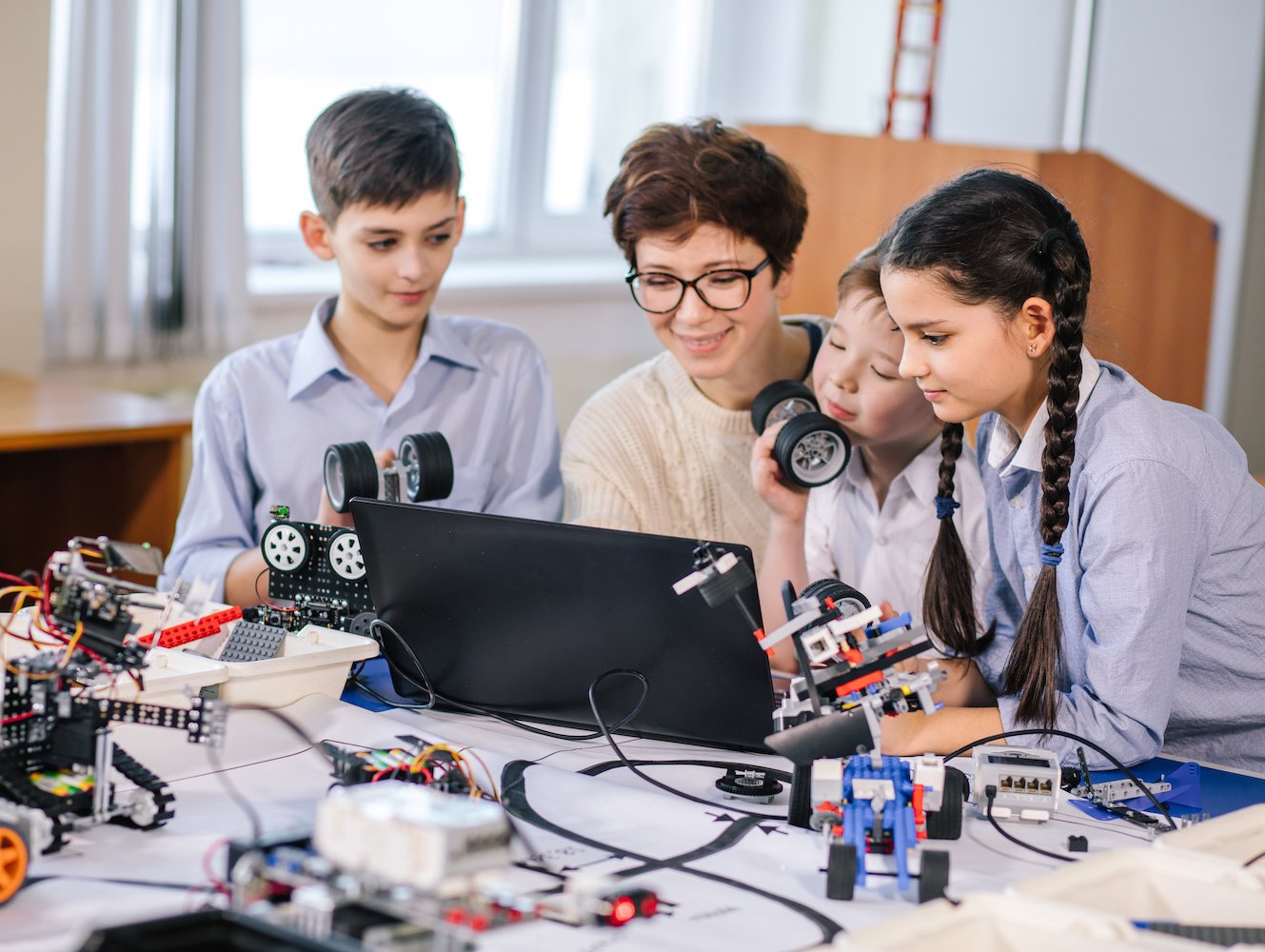
The Importance of STEM Education for Children’s Future
STEM education plays a pivotal role in equipping children with essential skills they will need. It’s not just about preparing them for STEM careers, but about developing their problem-solving, critical thinking, and creativity skills that will be useful in any profession they choose.
STEM subjects—Science, Technology, Engineering, and Mathematics—offer a holistic approach to learning that integrates these disciplines in a cohesive learning paradigm based on real-world applications.
Nurturing the STEM Spark Early
Fostering interest in STEM starts at an early age. Young children are naturally curious and love to explore, making it the perfect time to introduce STEM concepts. By incorporating STEM activities into everyday play, you are encouraging your child’s curiosity and laying the foundation for a lifelong love of learning.
Here’s how we can ignite that spark of curiosity in children and maintain their interest in STEM.
1. Make STEM Fun
Making it fun is one of the most effective ways to pique children’s interest in STEM. Engaging them in hands-on activities where they can actively participate and observe the results of their actions will make learning more enjoyable. Interactive science experiments, exciting math puzzles, or building projects are excellent ways to introduce STEM concepts while keeping children entertained.
2. Incorporate STEM into Everyday Activities
STEM concepts can be found in our daily activities. Baking, for instance, involves measurements and temperature control, which are mathematical and scientific concepts. Similarly, gardening can teach children about biology and the environment. Children can appreciate its practical applications and relevance by integrating STEM learning into everyday activities.
3. Use Interactive STEM Toys
Toys that promote creativity, problem-solving, and critical thinking are invaluable resources for nurturing a love for STEM. Building blocks, for instance, are an excellent tool for teaching engineering and mathematical concepts while fostering creativity.
4. Encourage Questions and Exploration
Encouraging children to ask questions and explore their surroundings can stimulate their interest in STEM. It’s crucial to provide them with the tools and resources they need to satisfy their curiosity and find answers to their questions.
5. Highlight Real-World Applications of STEM
Showing children how STEM is used in real-world situations can help them understand its importance. Whether explaining how a bridge is engineered or how math is used in finance, linking STEM to the real world can make learning more relevant and exciting.
Conclusion
In conclusion, STEM (Science, Technology, Engineering, and Mathematics) education is the keystone of modern education and future innovation. It provides students with the necessary knowledge, skills, and mindset to navigate the complex challenges of our rapidly evolving world.
STEM education equips learners with critical thinking, problem-solving, and analytical skills that are vital in addressing real-world problems. It fosters creativity, innovation, and a deep curiosity about the natural world and technological advancements. By integrating science, technology, engineering, and mathematics, students understand how these disciplines intersect and contribute to our society.
Moreover, STEM education nurtures the next generation of scientists, engineers, technologists, and mathematicians who will drive future advancements and shape our world. It promotes diversity and inclusivity, breaking down barriers that traditionally limited participation in these fields. By encouraging the involvement of underrepresented groups, we unlock a wealth of perspectives and potential solutions.
STEM education also prepares students for the ever-expanding job market. In a world, increasingly reliant on technology and scientific advancements, STEM-related skills are in high demand. By equipping students with the knowledge and abilities needed to thrive in STEM careers, we empower them to contribute to economic growth, drive innovation, and make meaningful contributions to society.
FAQ
What does STEM mean in learning?
STEM stands for Science, Technology, Engineering, and Mathematics. STEM learning is an interdisciplinary approach to teaching and learning that integrates the content and skills of these subjects within real-world contexts. STEM learning aims to promote deeper learning through inquiry, logical reasoning, collaboration, problem-solving, and investigation.
What are the basics of STEM?
The basics of STEM learning involve teaching students to apply what they have learned in science, technology, engineering, and mathematics to real-world problems. STEM learning involves hands-on activities, project-based learning, and inquiry-based learning. It also involves teaching students to think critically, work collaboratively, and communicate effectively.
Is Minecraft STEM learning?
Yes, Minecraft can be used as a tool for STEM learning. Minecraft is a game that allows players to build and explore virtual worlds. It can be used to teach a variety of STEM concepts, including geometry, programming, and physics. Minecraft can also be used to teach problem-solving, critical thinking, and collaboration skills.
Can Minecraft teach math?
Yes, Minecraft can be used to teach math. Minecraft can be used to teach geometry and spatial reasoning skills. Players can use blocks to create shapes and structures, which can help them understand concepts such as area, perimeter, and volume. Minecraft can also be used to teach basic math concepts, such as addition, subtraction, multiplication, and division.
In conclusion, STEM learning is an interdisciplinary approach to teaching and learning that integrates science, technology, engineering, and mathematics content and skills within real-world contexts. Minecraft can be used as a tool for STEM learning and to teach various STEM concepts, including geometry, programming, and physics. It can also be used to teach problem-solving, critical thinking, and collaboration skills, as well as basic math concepts.

